Antennas 101: High Gain & Directional
Appropriate Antennas become the ears of any operation.
If you aren’t a medium member, you can read with no paywall via substack
In this previous article, we explored the role that antennas will play in optimising a transmitting or receiving station and talked about some of the different types of antennas we might see when going about our day. In today’s article, we’ll be exploring that subject a bit more deeply, as well as taking a look at where and why you might expect to find different types of systems in operation. Today’s article is all about the electronic ear.
Theory 101
It’s reasonable to say that with regard to transmitters, antenna theory is just one of a few complex topics that will often come up when starting or optimising your station. It’s also one of the easiest things to complicate as a beginner. And, while there’s a lot to take in and it can be considered to be somewhat theory-heavy, you’ll also find yourself regularly drawing on this theory as your learning starts to progress.
However, despite this, it’s still worth taking the time to understand some of these fundamentals early. It’ll help you understand exactly what your station is doing and will give you a greater chance of success when you start to tackle projects of your own outside of a lab environment.
Before we start though, we should remember that antenna selection and usage will be one of the cheapest yet biggest improvements you can make with regard to your receiving station. They can also be pretty good fun to make!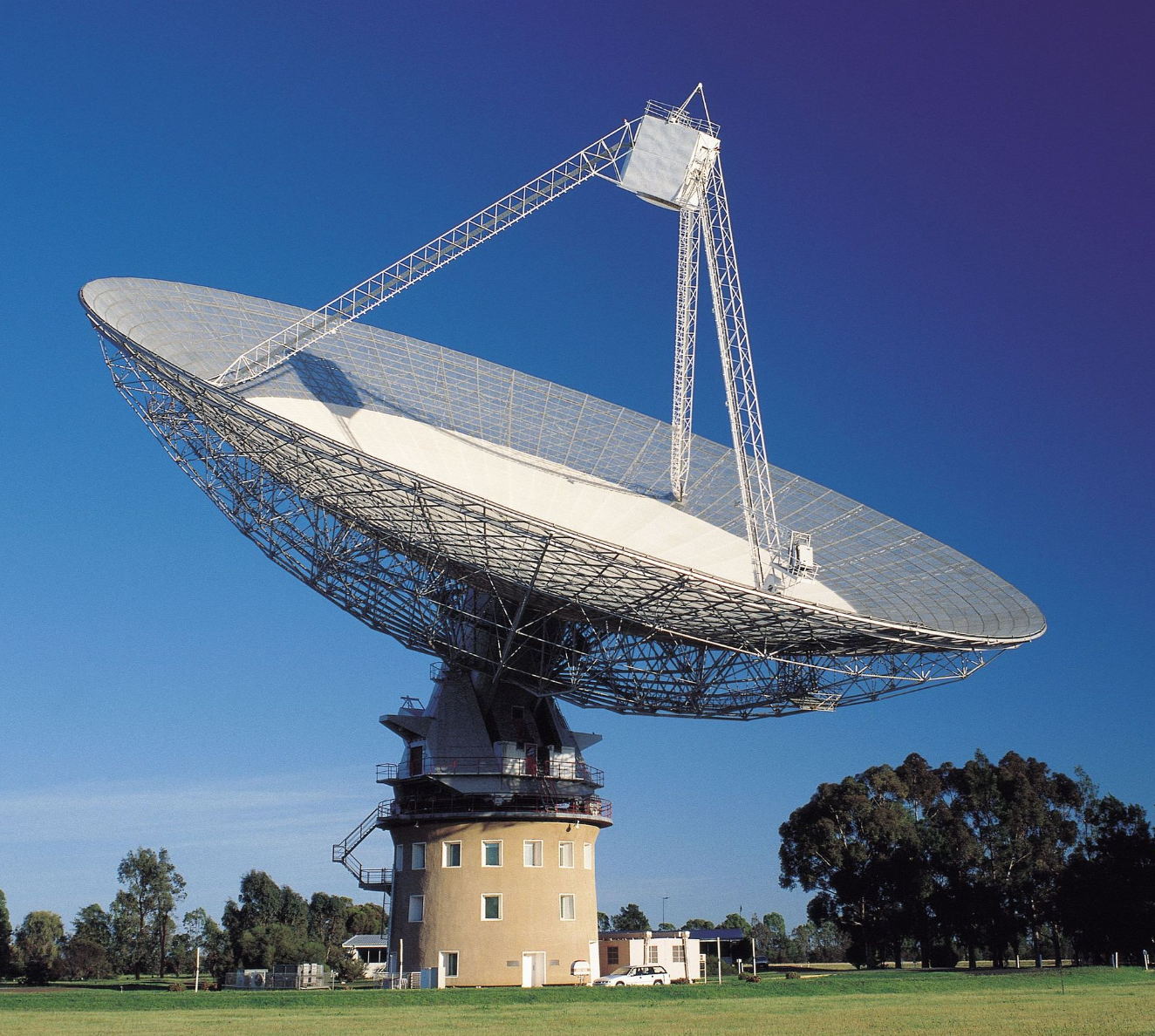
What is Gain Anyways
A sometimes controversial topic, antenna gain refers to the ability of an antenna to direct or focus radio frequency energy in a particular direction compared to an isotropic radiator (a theoretical antenna that radiates equally in all directions).
It also gives us a benchmark of how effectively the antenna converts input power into radio waves in the desired direction. This focused radiation pattern increases signal strength in the desired direction while decreasing it in other directions, effectively amplifying the signal.
Antenna gain is usually expressed in decibels (dB) and is an important parameter in wireless communication systems, as it determines the coverage area, range, and quality of the communication link.
Higher gain antennas are beneficial for long-range communication and overcoming obstacles like buildings or terrain, but they typically will also have narrower beam widths, requiring more precise alignment for optimal performance.
You’ll also find them beneficial in extra long-range systems like space communication and ground station systems as well. This is because the concept of gain means that while satellite transmission packages are limited by payload size, a good antenna on the ground will allow one end to do the “heavy lifting” concerning two-way communications.
Types of Antennas
While the most obvious types of high-gain systems would be the iconic satellite dish and the Yagi-Uda antennas, the truth is that the electronics revolution provided much in the way of new antenna systems and research as well. New research around phased array and multiple input, multiple output (MIMO) systems provided huge benefits around efficient usage of the radio spectrum. These results came across the whole spectrum and while High Frequency (HF) antennas were pretty well known prior to this, we saw plenty of development around the millimetre wave bands as well.
However one of the biggest improvements that came with these new types of designs were the size restrictions. While the high gain antennas of old were often large, bulky systems that would require specialised rotators and tracking software to use effectively, the new breed of antennas were often far smaller. This miniaturization proved to be a boom for space communications as it promised much in the way of improvement over existing systems on things like space probes and satellites.
Often though, the simple things in life are still the best, and with that said some of the best systems for communicating with things like deep-space objects are the original designs. So, on the ground station side, we can expect dish antennas to stick around for quite a while yet.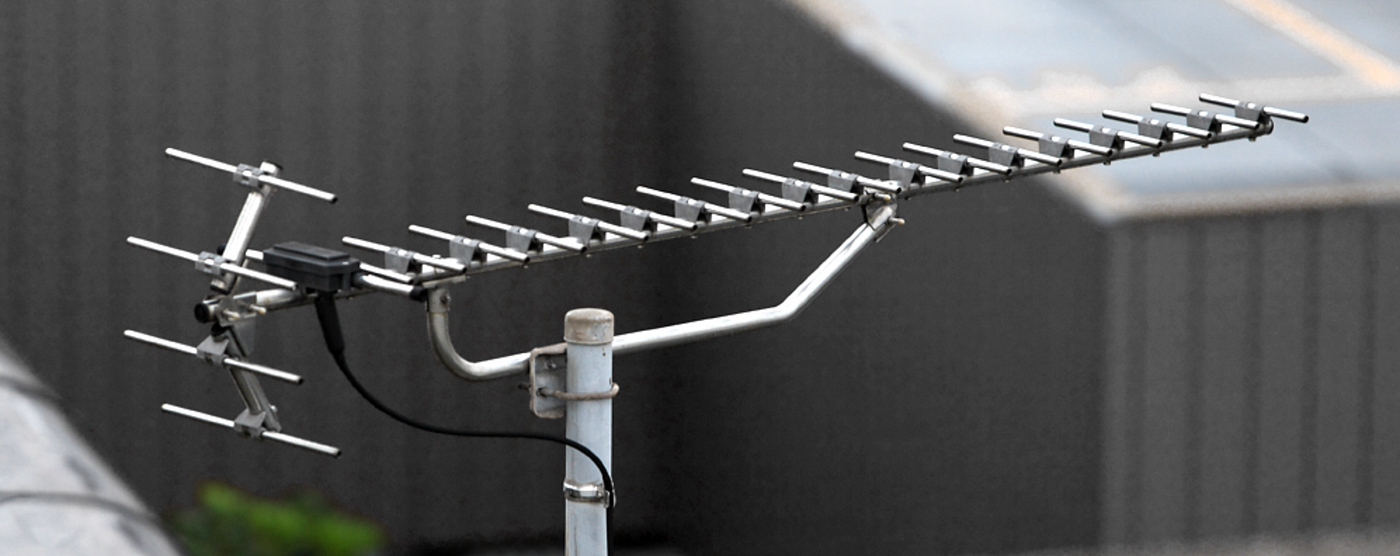
Deep Space Network
Usually, one of the best ways to explain things is to look at it working in action so we can deduce things like efficiency and performance while getting a feel for how it works. And, with regard to high gain systems probably the best example of this is the Deep Space Network (DSN).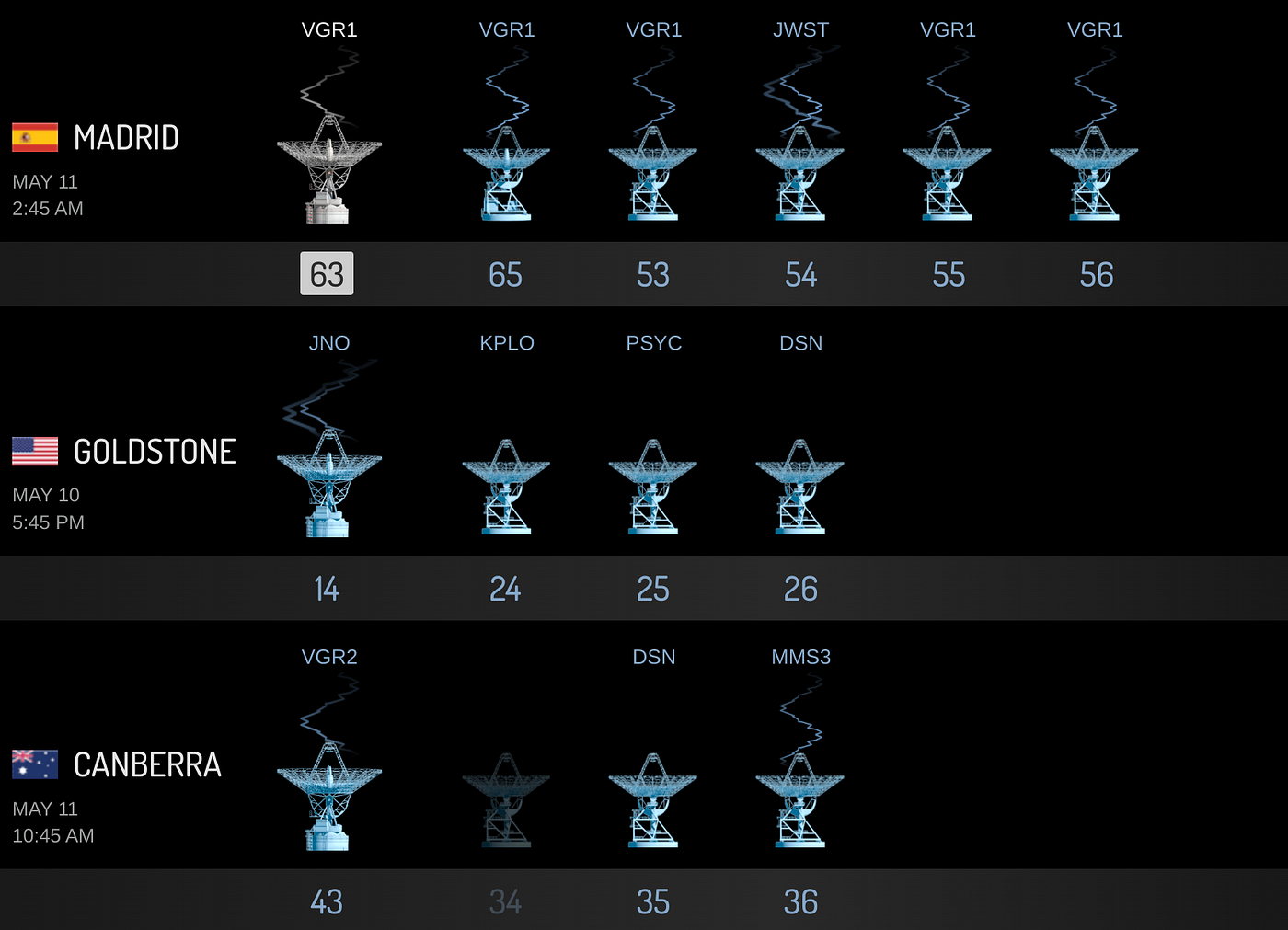 Using a worldwide network of ground stations linked to efficient, large-array dish antennas, the Deep Space Network provides a way to communicate with deep-space objects at long ranges. With stations at Madrid (Spain), Canberra (Australia) and Goldstone (United States), the system typically means that most systems are usually within range of one of the stations.
Using a worldwide network of ground stations linked to efficient, large-array dish antennas, the Deep Space Network provides a way to communicate with deep-space objects at long ranges. With stations at Madrid (Spain), Canberra (Australia) and Goldstone (United States), the system typically means that most systems are usually within range of one of the stations.
Probably the best example of just how effective this can be can be seen with the communications systems that can be found on board the Voyager series of space probes. Designed to leave our world to travel into extreme deep space, these probes provide data and telemetry at ranges measured in the billions of miles.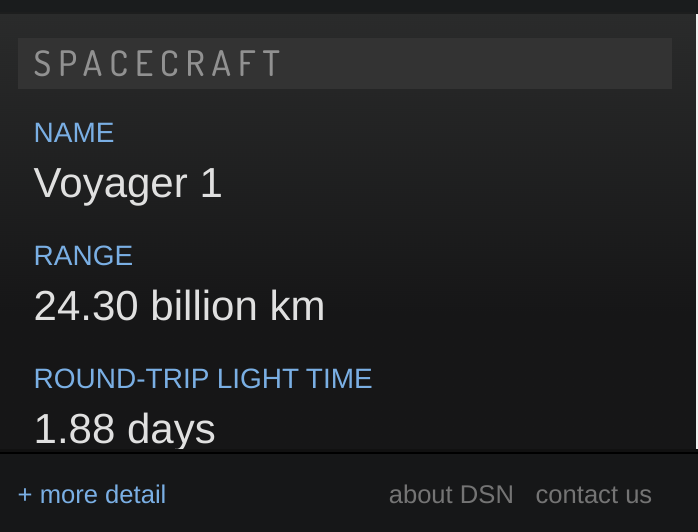
While the systems onboard are still regularly sending and receiving communications on Earth, the decline of the onboard RTG system means that it’s pretty likely that the Voyagers lose power generation capacity before we end up losing the signal. The tiny 25w transmitter has been heard at distances far far beyond its original design specifications.
Complications
One of the biggest drawbacks of a high gain system often comes from using it and if you’re into space communications the additional complication of orbital mechanics needs to be considered when optimising and using your ground station as well. As we mentioned earlier in the article, antenna gain is relevant to an antenna's radiation pattern.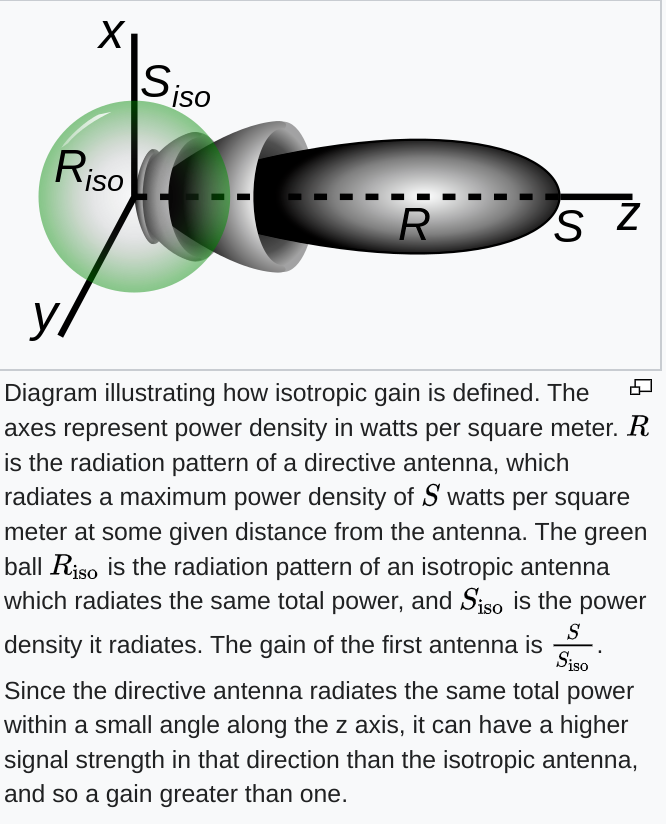 What this means is, that as we use more and more gain to assist with performance, we’re actually narrowing the beam of the antenna at the same time as well. While this often won’t be a problem at shorter ranges, if you’re looking to establish a long-range Wi-Fi system, experiment with space communication or carry out radio direction-finding experiments then you’ll find that factoring these things into your plan gives you a far greater chance of success.
What this means is, that as we use more and more gain to assist with performance, we’re actually narrowing the beam of the antenna at the same time as well. While this often won’t be a problem at shorter ranges, if you’re looking to establish a long-range Wi-Fi system, experiment with space communication or carry out radio direction-finding experiments then you’ll find that factoring these things into your plan gives you a far greater chance of success.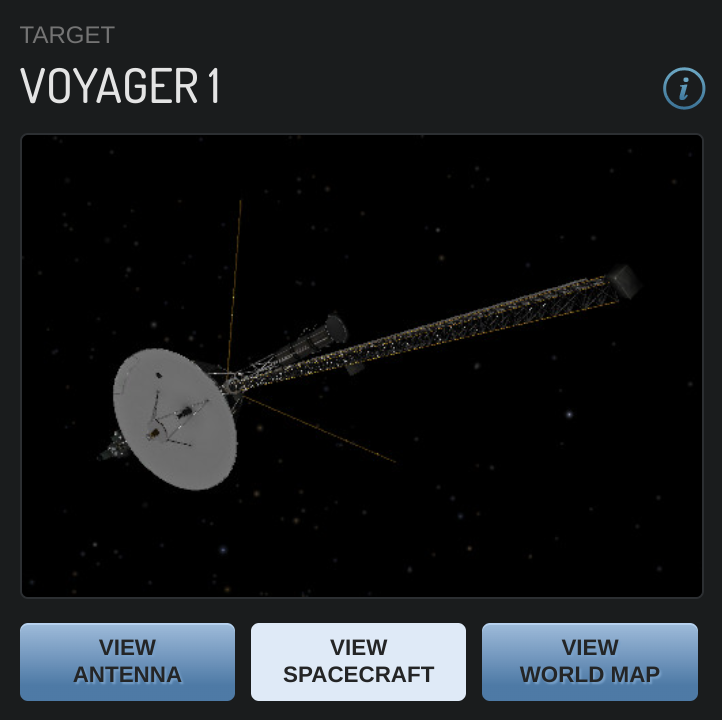 Probably the best example of this came in 2023 when an onboard incident put Voyager 2 at risk. Due to an issue with the command structure, the orientation thrusters shifted the spacecraft slightly off-axis. While this wouldn’t be an issue on the ground, when your receiving station is billions of km away it causes a significant issue and possible loss of contact.
Probably the best example of this came in 2023 when an onboard incident put Voyager 2 at risk. Due to an issue with the command structure, the orientation thrusters shifted the spacecraft slightly off-axis. While this wouldn’t be an issue on the ground, when your receiving station is billions of km away it causes a significant issue and possible loss of contact.
While communication with the spacecraft was lost for a while, NASA engineers were able to overcome these challenges, eventually recovering the spacecraft meaning that the mission was able to be continued. Voyager 2 continues to send and receive data at the time of this article.
In Your World
It’s fair to say, that when you’re talking about space communications it’s easy to look at systems like this and wonder why on Earth anybody would have any use for these types of things. However, depending on your hobbies and interests you’ll often find that some of this information and technology creeps into the everyday world as well.
High-gain antenna systems allow shared internet or direct link connections over great distances, while FPV drone pilots will find huge range improvements can be found by optimising their ground stations. Home-made, ADS-B aircraft tracking stations can track aircraft out to the horizon while free-to-air television is able to be beamed out at long range as well.
The fact is, that if it transmits, it’ll need an antenna, and while we might not always be able to see them, they are still there, doing their thing by keeping us connected.
Medium has recently made some algorithm changes to improve the discoverability of articles like this one. These changes are designed to ensure that high-quality content reaches a wider audience, and your engagement plays a crucial role in making that happen.
If you found this article insightful, informative, or entertaining, we kindly encourage you to show your support. Clapping for this article not only lets the author know that their work is appreciated but also helps boost its visibility to others who might benefit from it.
🌟 Enjoyed this article? Support our work and join the community! 🌟
💙 Support me on Ko-fi: Investigator515
📢 Join our OSINT Telegram channel for exclusive updates or
📢 Follow our crypto Telegram for the latest giveaways
🐦 Follow us on Twitter and
🟦 We’re now on Bluesky!
🔗 Articles we think you’ll like:
- Software Defined Radio & Radio Hacking Pt 1
- OSINT Investigators Guide to Self Care & Resilience
✉️ Want more content like this? Sign up for email updates


















































